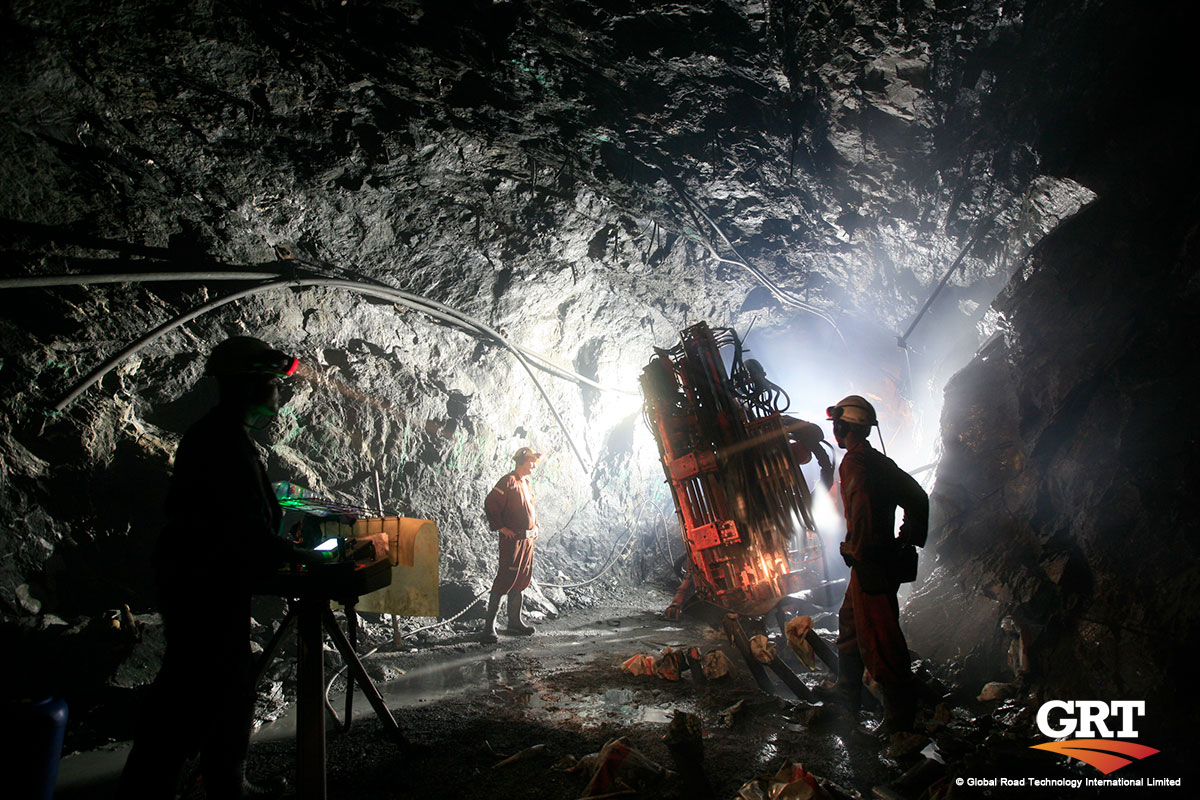
coal mining
Understanding Coal Workers’ Pneumoconiosis (CWP): The Fight against Black Lung Disease
Coal workers’ pneumoconiosis (CWP), commonly referred to as “Black Lung Disease,” is a severe occupational lung ailment associated with coal mining. The disease’s onset occurs due to the inhalation of coal dust, leading to inflammation and tissue damage in the lungs. In severe cases, CWP can culminate in respiratory failure, significantly reducing life expectancy. Given its detrimental effects on coal miners, understanding its technical aspects and prevention measures becomes pivotal.
When coal miners work in environments with a high concentration of coal dust without appropriate respiratory protection, they run the risk of inhaling fine particulate matter. Over time, these particles accumulate in the lungs, leading to two primary forms of the disease:
Simple Coal Workers Pneumoconiosis: Small areas of lung damage, called nodules, begin to appear. Though this form may not manifest severe symptoms, it can escalate to the complicated form if exposure continues.
Complicated Coal Workers Pneumoconiosis or Progressive Massive Fibrosis (PMF): With prolonged exposure, these nodules may grow larger and merge. It severely hampers lung functionality, leading to potential respiratory failure.|
Symptoms of CWP include chronic cough, shortness of breath, and chest tightness. As the disease progresses, patients may suffer weight loss, chronic bronchitis, and heart strain.
As with many occupational diseases, prevention is better than cure. Mining companies have the responsibility and resources to significantly reduce the occurrence of CWP among their workers. The following strategies can aid in the prevention:
Dust Monitoring and Control: Implementing sophisticated monitoring systems can track the concentration of dust in mines. Using water sprays, proper ventilation systems, and dust collectors can significantly reduce airborne dust.
Use of Personal Protective Equipment (PPE): Equipping miners with high-quality respiratory protective equipment can shield them from inhaling harmful particles. Training on the proper usage, fit, and maintenance of these devices is essential.
Regular Health Screenings: Regular health check-ups and lung function tests for miners can help in early detection of CWP, increasing the chances of successful treatment and halting progression.
Educational Programs: Awareness is a potent tool in the fight against Coal Workers Pneumoconiosis. Conducting workshops and training sessions on the dangers of coal dust, the importance of PPE, and early symptoms of the disease can make miners more vigilant.
Limiting Exposure: Implementing shorter shifts or rotations can reduce the time miners are exposed to coal dust. Additionally, offering breaks in areas with filtered air can help clear the lungs.
Rehabilitation and Support: For miners diagnosed with CWP, offering rehabilitation programs, counselling, and financial support can help them transition to a healthier environment. This not only aids the affected workers but also sends a message about the company’s commitment to worker welfare.
Coal workers’ pneumoconiosis, despite its severe implications, is preventable. It’s imperative for mining companies to invest in health and safety measures that not only comply with international standards but also foster a culture of care and vigilance. As the global industry moves forward, embracing technology such as effective dust mitigation, monitoring and updated health practices will be instrumental in safeguarding our miners from the dark shadows of Black Lung Disease.
Are environmental regulations, health and safety concerns or potential profit loss a concern right now?
Contact Us Now